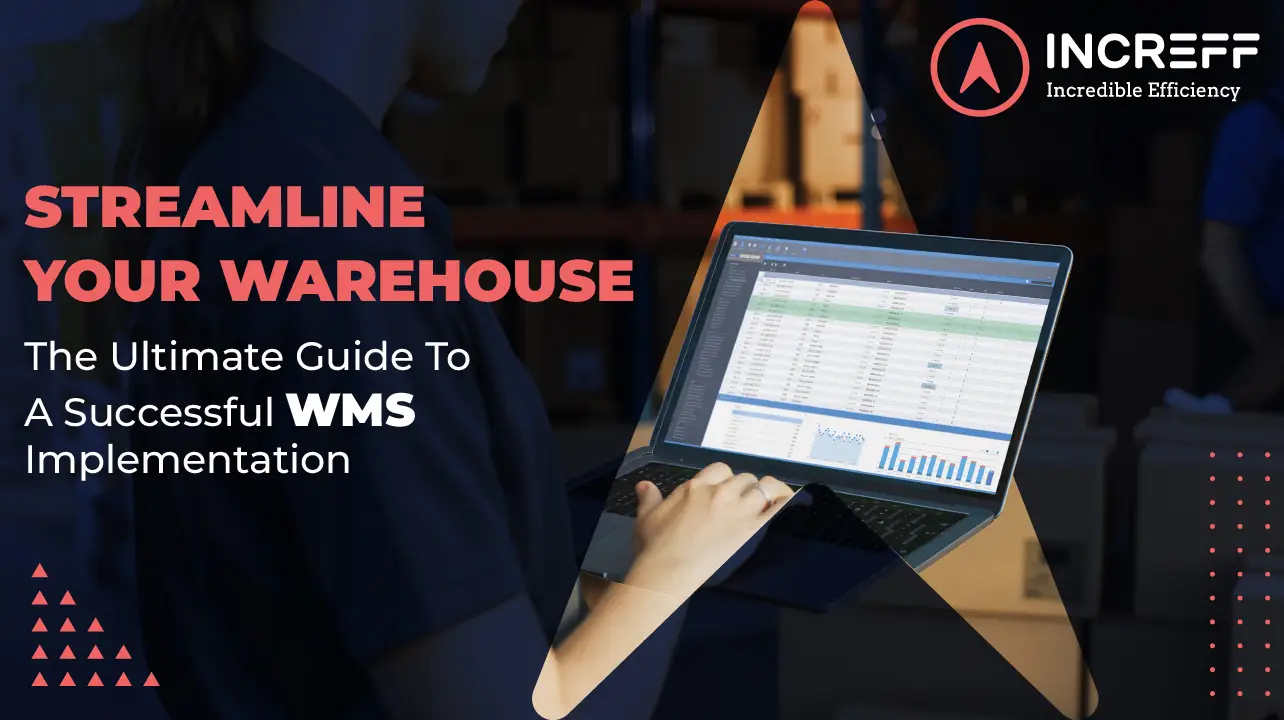Merchandising Financial Planning Best Practices for Retailers
Financial planning is a really important activity for retail merchandisers. Proper retail budgeting, forecasting, and keeping expenses in check allow retailers to get the right product mix, allocate resources effectively, and operate profitably. This article will outline some best practices for retail merchandising financial planning and putting together merchandising budgets. Following these tips can help retailers make smart investments, hit their sales and profit goals, and keep their businesses healthy.
1) Realistic sales forecasting
Realistic and precise sales forecasting prepares the ground for merchandising financial planning. To develop accurate forecasts, take a close look at past sales patterns over different seasons and periods. Factor in how customer preferences and competition may shift over time. Also, consider the broader economic climate, as things like employment rates and consumer confidence can impact purchasing.
Moreover, it’s better to be a bit conservative than wildly optimistic. That helps avoid getting overloaded with excess inventory that may end up marked down if sales fall short of ambitious targets. Take the time to thoroughly assess all the variables that can influence future performance, along with analyzing past sales data. That will put your forecast on solid ground.
2) Aligning merchandise plans with forecasts
Next, merchandise budgets and plans should connect directly to the sales forecasts. Looking at previous bestsellers, sales patterns by product category, and what customers are buying gives retailers useful info to plan stock levels, purchases, and product selections to match the projections. For example, planning for big growth in slow-moving categories without solid plans to spark demand is not recommended.
3) Accounting for markdowns and stockouts
It’s also important for retailers to factor in expected markdowns on extra inventory and lost sales when things are out of stock into their planning. Reviewing past markdown rates, clearance performance, and times when things were unavailable offers helpful insights. Adjusting sales forecasts downward makes up for expected markdowns. Having more stock of faster-selling products on hand cuts down on stockouts.
4) Maintaining proper markups
Balancing sales growth and profit margin goals is crucial when deciding what to buy. Looking at competitor prices and typical industry markups assists in picking the right price points and markups per item to reach profit goals. Controlling markdowns and concentrating on full-price selling supports keeping markups and margins where they need to be.
5) Developing open-to-buy plans
Making open-to-buy (OTB) plans directs purchasing and prevents excess inventory. Subtracting current stock from the sales forecast calculates OTB needs. OTB should be tracked by category, vendor, and product. Regularly updating OTB plans based on real sales and inventory makes them more effective.
6) Matching expense budgets to forecasts
Linking expense budgets to the sales forecast is also vital, adjusting for anticipated staffing, marketing, technology, and other costs. Looking at past time periods and percent-to-sales metrics offers helpful expense benchmarking. Finding opportunities to leverage expenses, like negotiating vendor advertising allowances, improves efficiency.
7) Re-forecasting and course-correcting
Doing regular re-forecasting as results come in allows for course correction. If sales are way under or over plans, merchandising strategies, purchasing, and pricing need to be adjusted accordingly. Sticking rigidly to initial projections is unwise in the changing retail world.
8) Capitalizing on retail analytics
Just like re-forecasting, capitalizing on retail analytics is also a crucial move in this regard. Retail analytics assist in fine-tuning financial plans and improving decision quality. The key performance indicators (KPIs) like sales per square foot, inventory turns, and stockout rates help in identifying opportunities for better sales. On the other end, comparing store and segment performance helps in identifying the strengths and weaknesses of a particular product. In a nutshell, we can say that customer analytics can provide detailed insights into purchase behaviors which leads to better sales strategies.
9) Driving accountability
Retailers should hold merchandising managers responsible for meeting financial goals and give them reporting tools to monitor results. Allowing managers to make sound local decisions is key. Merchandisers should guide planning for their areas while teaming up with finance on overall retail budgeting.
10) Following retail calendars
Planning calendars with important seasonal deadlines supports execution and keeping everything aligned. Merchandise plans should match up with busy periods and promotional events. Sticking to timelines enables purchasing and logistics teams to carry out the plans.
11) Partnering with suppliers
Working together with vendors provides useful insights on trends, inventory, and promotions. Negotiating payment terms, discounts, and returns assists with managing financial risk. Promoting consistency in plans and sharing information across business units improves results.
Value Addition In Merchandise Financial Planning: Key Takeaways
As we move towards the final round of our discussion, here are some of the value additions that merchandise financial planning brings about for an individual.
- Helps in end-to-end planning
- Assists in mapping retailer’s financial goals into yearly merchandise plans, sales, and inventory strategies.
- Provides both pre-season and in-season budget planning considering KPIs like Margins, through targets, ASP, etc.
- Helps in tracking actual vs projected sales as well as revising projections based on actuals.
- Allows re-adjustments to the revised projections/targets
Conclusion
Careful merchandising, financial planning, and retail budgeting give a strong foundation for profitable retail merchandising. By adopting forecasting best practices, retailers can strategically invest in the optimal product mix to deliver the sales, margins, and inventory turns that match their business goals. While planning is critical, retailers also need to be flexible to respond to changing market conditions. Combining smart retail budgeting with agility and excellent execution enables retailers to operate successfully.


 1 February, 2024
1 February, 2024 







